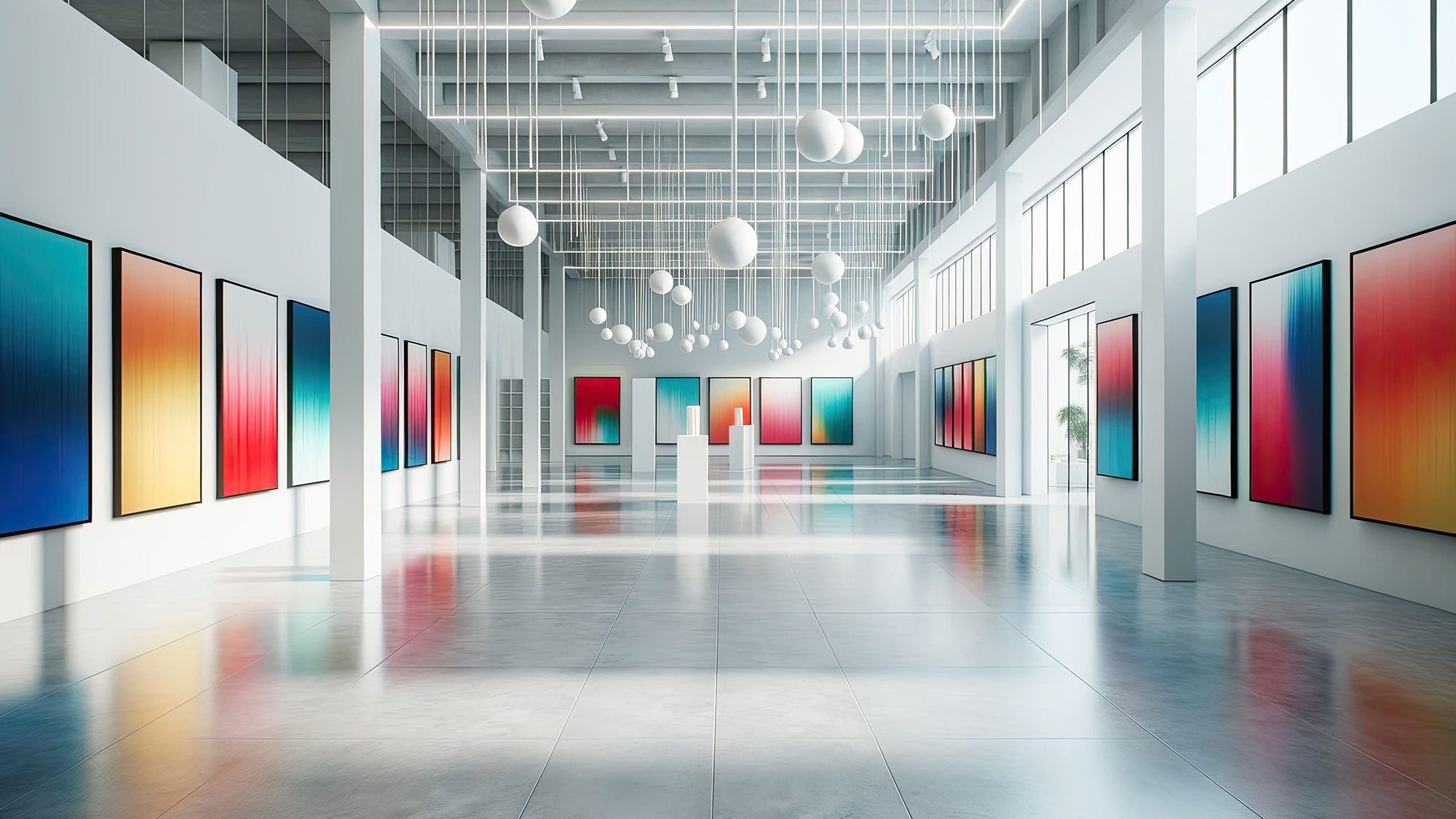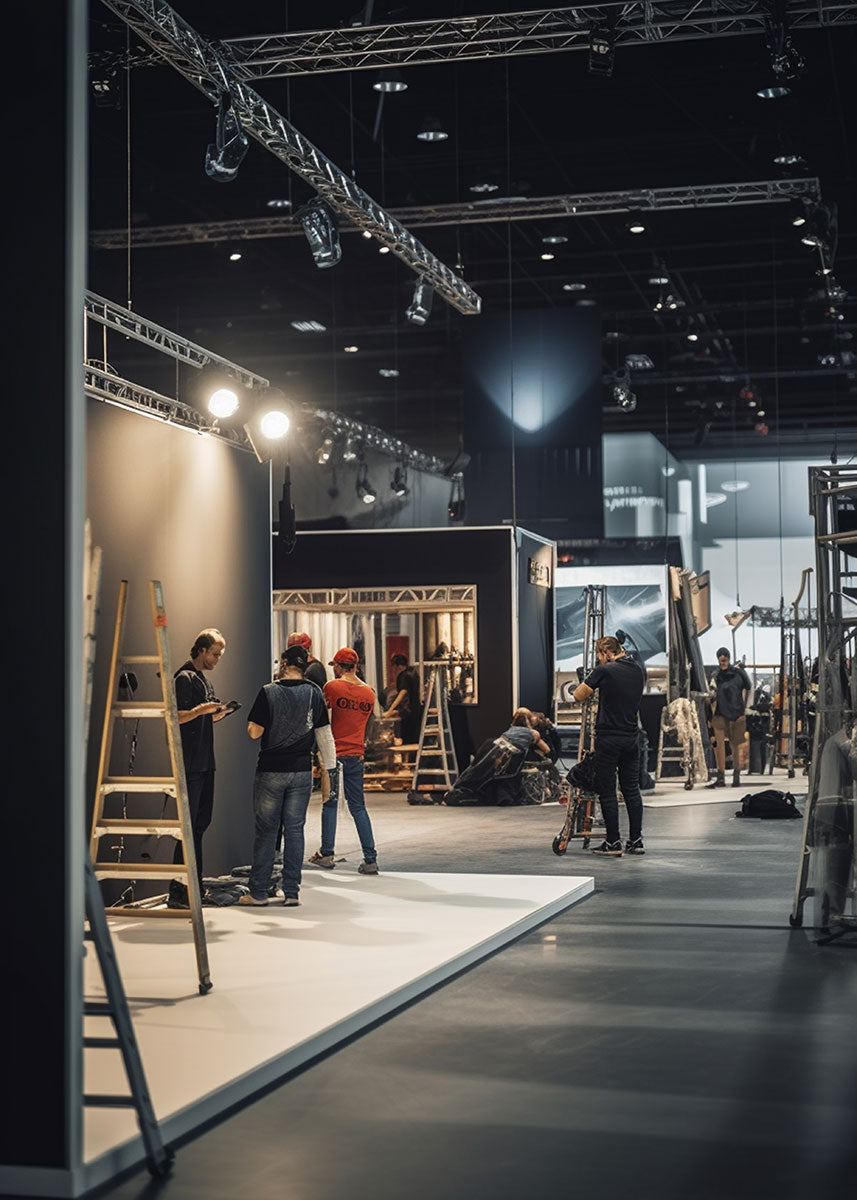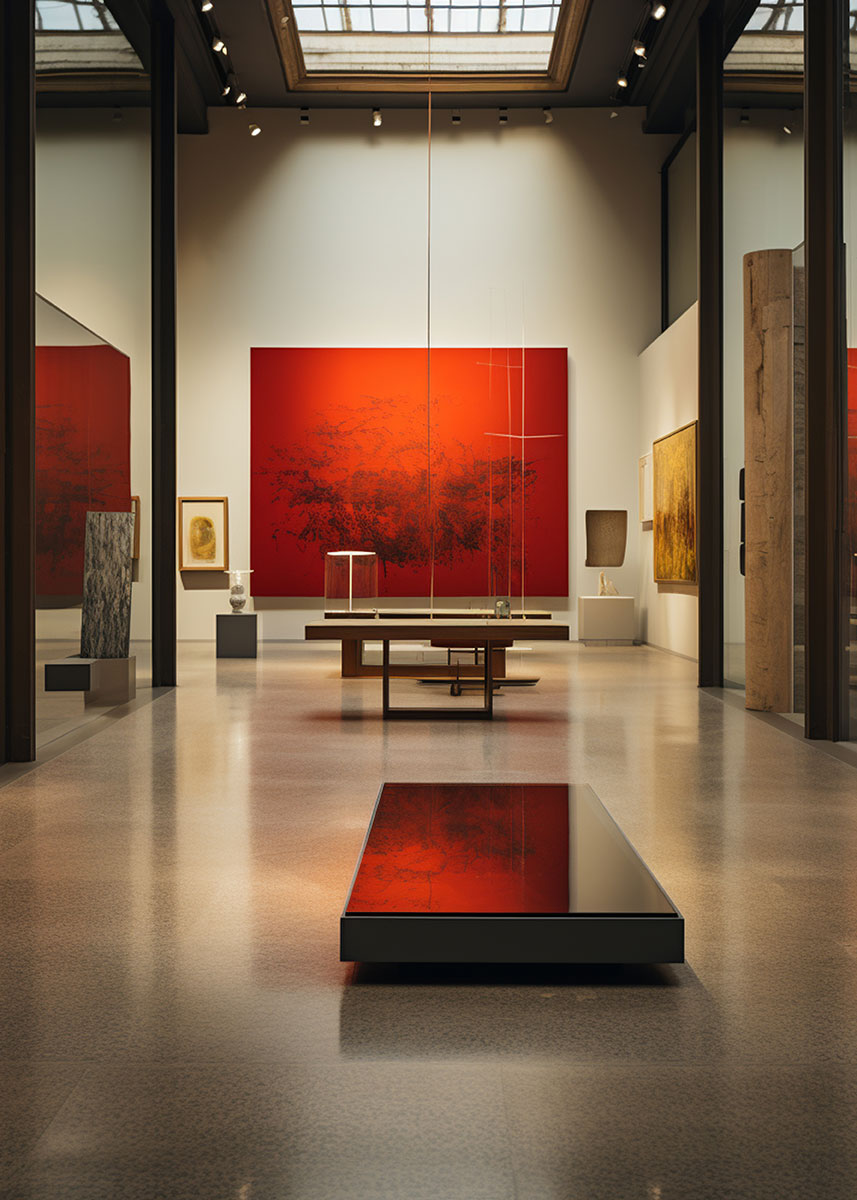
Showroom setup: tailor-made design
The setup of a showroom is as important as the product that is presented. In fact, the qualities of the product themselves are not enough if they are not enhanced by the context in which it is inserted.
It doesn't matter whether it's a furniture showroom, fixtures, a clothing line, ceramics or any other type: details can really make the difference.
This is why it is essential to carefully study everything that surrounds the products, to create a path capable not only of enhancing them at their best but also of telling their essence, enchanting the visitor, providing him with the information he needs and directing him towards the decision right.

Showroom setup: the preliminary phase
First of all it is important to extrapolate all possible information regarding:
- company objectives
- product
In the first case, to design the layout of your showroom , you need to start by analyzing what you want to achieve. Here are some crucial questions for setting goals:
- Who is the target customer? What are their demographic characteristics (age, gender, income, education, etc.), what are their interests and needs and what are their purchasing behaviors.
- What is the message to convey? What do you want the customer to think of the brand, what are the values of the brand that you want to communicate and what is the unique selling proposition (USP) of the brand.
- What are the sales goals? How many visitors do you want to attract to the showroom, how many products do you want to sell and what is the average value of each sale.
- What are the other objectives? For example, increasing brand awareness, retaining existing customers or collecting feedback from customers.
Moving on to the product , we need to understand:
- characteristics and advantages, therefore what are the main characteristics of the products, such as their strengths and weaknesses, how they differ from the competition and what are the concrete advantages that the products offer to customers;
- target audience, not only who the products are intended for but also what their needs and desires are, for example, what their lifestyle is and what their preferred communication channels are;
- methods of use, how the products are used, in which contexts and which accessories allow a complete user experience.
All this information allows us to create a showroom layout that is intuitive and facilitates the discovery of products by customers, creating settings that show the products in use and suggest their possible uses.

Showroom setup: the design
After analyzing the information collected during the first phase, it is time to put the layout and design of the showroom on paper.
The objective is to be able to create a positive shopping experience for customers and capable, at the same time, of increasing sales.
How does this translate into practice?
First of all we aim to create an intuitive, clear and logical visit flow , which guides customers through the display of products in a natural way: it is important to avoid winding paths or dead ends and the most important products should be positioned in strategic points, such as at the beginning or end of the route.
At the same time, we must be able to use space efficiently , avoiding waste and empty areas. Visually speaking, we will have to create a balance between exhibition areas and circulation areas.
To divide spaces , both conceptually and from a practical point of view, you can use movable walls or design elements, such as panels or furnishing elements.
A very important element in the planning stage is the mood board , which summarizes the essence of the project by defining the materials and colors that will be used in the showroom.
These must be consistent with the brand image , creating a welcoming and enticing atmosphere for customers. You can use bright colors to attract attention, but it is important to avoid creating an environment that is too chaotic and above all to distract the focus from the product.
As with a museum display , where works of art are the protagonists, even in a showroom lighting is a fundamental element for enhancing the products and creating the right atmosphere, paying attention to the fact that the products are not dazzled or underlit .
-
Showroom setup: how to display the products
The display of products in the showroom must be designed to attract customers' attention and encourage them to purchase.
Therefore, the display systems must be suitable for the products to be displayed and the target audience: not only must they be functional and encourage interactivity (where necessary, such as in a kitchen or car showroom) but also aesthetically pleasing and consistent with the design of the showroom.
Key products should be placed in strategic locations, such as at eye level or in the center of display areas, and similar products can be grouped together to make it easier for customers to find.
Don't forget the need to use signs and information materials to provide product information. These also need to be positioned in an intuitive and accessible way.
If the product communication provides for it, we can create suggestive settings that show the possible uses of the items on display: this helps customers to imagine themselves as users of the products in their daily lives, taking the purchasing decision-making process to the next level.
-
Showroom setup: the implementation
Max 3 boasts proven experience in creating successful showrooms, putting a team of highly qualified professionals passionate about their work at your service.
What we provide to our customers is a personalized approach, dedicated to attention to every detail. Max 3 will support you in every phase of the project, from defining the objectives to creating the turnkey showroom .
We use only the best materials and the most innovative technologies to create unique and functional exhibition spaces , capable of enhancing your products and transmitting a message consistent with the values of your brand.
With Max 3, you can count on a complete and high-quality service , which includes:
- Design and creation of customized layouts
- Choice and supply of furniture and display systems
- Graphics and visual communication
- Complete showroom setup
- After-sales assistance
We can also create integrated projects that include, alongside the showroom, the creation of designer or innovative exhibition stands for participation in temporary events.
Our projects are carried out in compliance with current regulations, to guarantee maximum safety for visitors and professionals. We also carry out projects in the name of accessibility for people with disabilities.
Choose Max 3 for your new showroom and discover how to create spaces capable of creating an unforgettable shopping experience for your customers.
